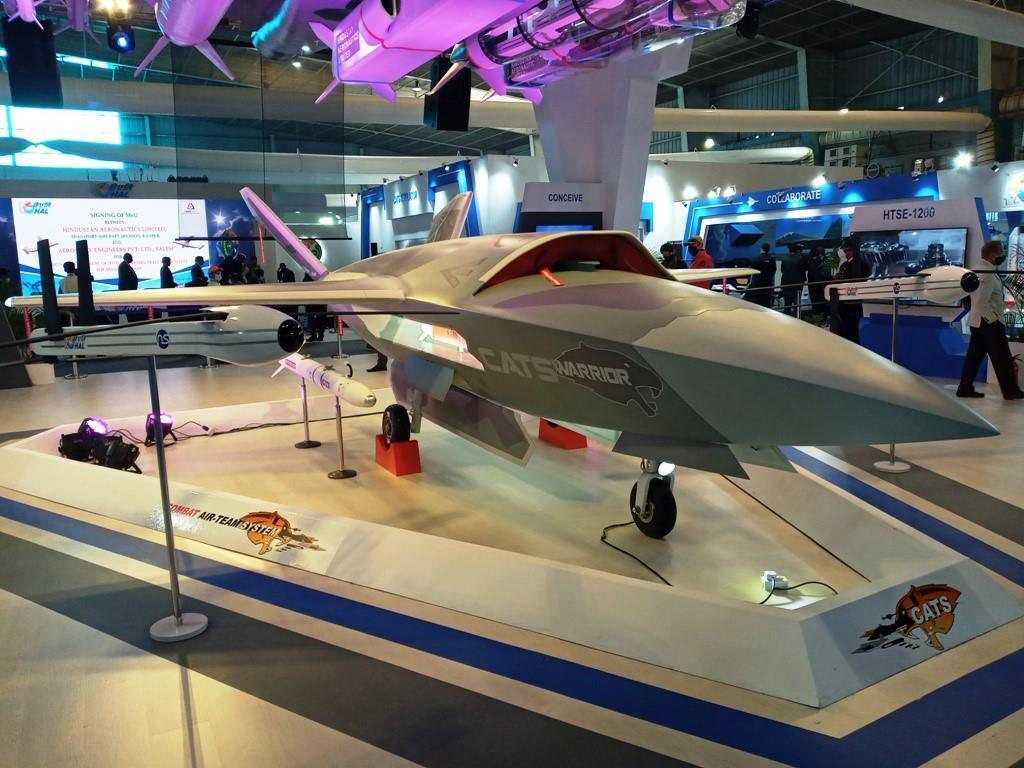SOURCE: RAUNAK KUNDE / NEWS BEAT / IDRW.ORG

In a significant development, the Indian Air Force (IAF) is making strides in the realm of Manned-Unmanned Teaming (MUM-T), with Air Marshal Radhakrishnan Radhish highlighting the progress during the Dubai International Air Chiefs’ Conference. The IAF’s exploration of this cutting-edge concept is set to reshape the landscape of combat aviation, ushering in an era where autonomous assets collaborate seamlessly with manned platforms.
Air Marshal Radhish emphasized that the integration of MUM-T is an ongoing initiative, projecting a timeline of “10-20 years” before Combat Air Vehicles (CCAs) operate autonomously alongside manned assets. The MUM-T concept envisions a collaborative ecosystem where piloted aircraft and unmanned vehicles work in tandem, leveraging the strengths of both to enhance mission effectiveness and operational capabilities.
Highlighting the pivotal role of Hindustan Aeronautics Limited (HAL), Air Marshal Radhish noted that the Indian industry, particularly HAL, is at the forefront of CCA research. HAL’s Combat Air Teaming System (CATS) initiative exemplifies this commitment, with specific projects such as CATS Warrior, CATS Hunter, and CATS Alfa shaping the future landscape of combat aviation.
Under the CATS initiative, HAL is actively engaged in the development of a diverse range of Combat Air Vehicles (CCAs). These include the CATS Warrior, designed for enhanced combat capabilities, the CATS Hunter, focused on reconnaissance and surveillance, and the CATS Alfa, contributing to the versatility of unmanned assets in the air.
Air Marshal Radhish highlighted a generational shift in the acceptance of CCAs within the IAF. While the younger generation of officers exhibits greater openness to the concept, recognizing its potential benefits, older officers may exhibit a more reserved stance. This shift in mindset reflects the evolving nature of technology and its integration into military operations.
The IAF, as noted by Air Marshal Radhish, is closely observing the advancements in CCA research led by HAL. This strategic approach allows the Air Force to stay abreast of developments, assess the operational viability of CCAs, and ensure a seamless integration when the time is right.
NOTE : Article cannot be reproduced without written permission of idrw.org in any form even for YouTube Videos to avoid Copy right strikes. Websites doing illegal reproductions will get DCMA and Legal Notices.